1. Using Cast Iron Skillets
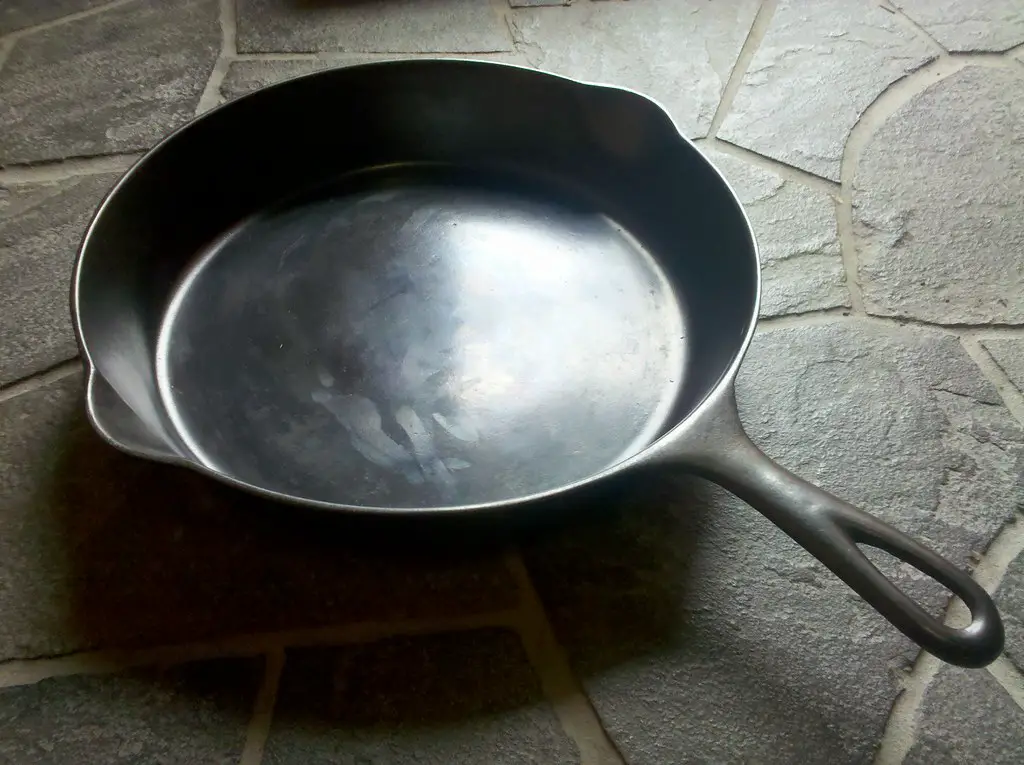
Grandma’s cast iron skillet wasn’t just a cooking tool—it was a treasure that could go from stovetop to oven and last generations. These heavy-duty pans offer a timeless cooking experience, providing even heat distribution and superior searing. Not only do they make perfect pancakes and golden-brown cornbread, but they also help retain flavors. Cast iron has a way of enhancing the natural taste of food that’s hard to replicate with other cookware shares Taste of Home.
Beyond the flavor, there’s also the health benefit. When seasoned properly, the skillet can add a small amount of iron to your food. It’s one of those simple kitchen habits that keeps giving back, especially for anyone needing a bit more iron in their diet. Grandma knew what she was doing when she passed down that trusty pan—its durability alone makes it worth holding onto.
2. Preserving Leftovers with Glass Jars
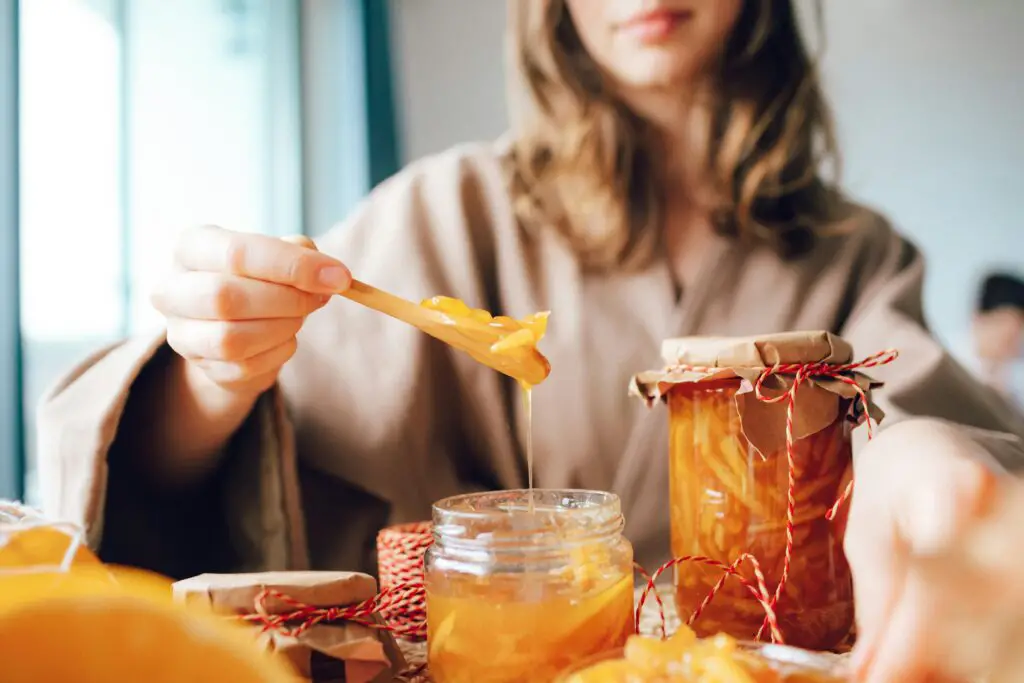
Grandma always had a stash of old glass jars tucked away for storing leftovers, and for good reason. These airtight containers are perfect for keeping food fresh without the worry of harmful chemicals leaching into your meal, like some plastic containers can do. They’re also see-through, so you can easily identify what’s inside and reduce food waste by finishing off what’s been stored says AARP States.
Not to mention, glass jars are great for organizing spices, nuts, and dry goods. The tight-fitting lids keep everything sealed in, preserving both flavor and quality for longer periods. With sustainability becoming more important, Grandma’s practice of reusing and recycling these jars is one habit that still works wonders today. Whether for homemade jams, sauces, or just storing dry goods, glass jars continue to shine as an eco-friendly choice adds Apartment Therapy.
3. Using Vinegar to Clean
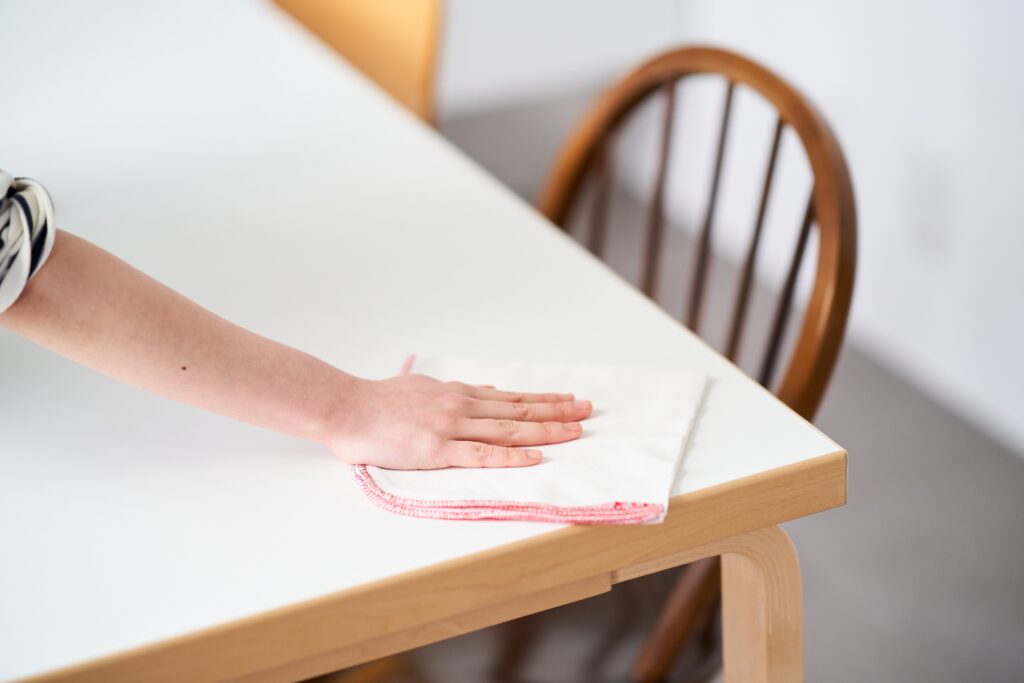
Grandma’s trick of using vinegar as a cleaning agent is still as effective today as it was back then. Whether it’s cleaning countertops, removing stains, or even freshening up the refrigerator, vinegar works wonders without the need for harsh chemicals. It’s inexpensive, easy to use, and non-toxic—three big wins in today’s world of eco-conscious living shares Cup of Jo.
Beyond cleaning, vinegar also helps to cut through grease and soap scum, making kitchen cleanup a breeze. It neutralizes odors and even acts as a natural disinfectant. The versatility of vinegar in the kitchen isn’t just a great cleaning habit—it’s a game-changer for maintaining a healthier and cleaner home without breaking the bank.
4. Wrapping Bread in a Tea Towel
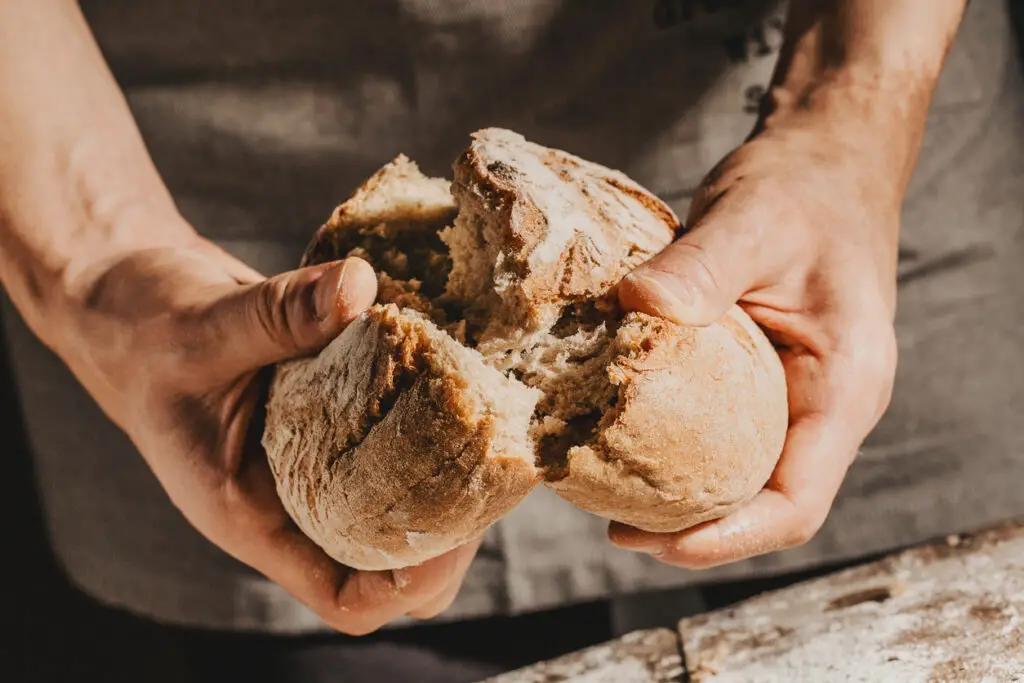
Grandma always wrapped her freshly baked bread in a tea towel before storing it, and it’s a practice worth holding onto. This habit helps maintain the bread’s texture by allowing it to breathe while preventing it from becoming soggy. Wrapping bread in a tea towel also keeps it soft and prevents it from drying out too quickly, making it perfect for the next few days.
In today’s world of pre-sliced bread and fancy plastic bags, this simple trick can still help you enjoy your loaf in its freshest form. It’s an easy and natural way to preserve the integrity of your baked goods without relying on preservatives or plastic wraps. Grandma was onto something with this timeless method for keeping bread soft and delicious.
5. Boiling Bones for Broth
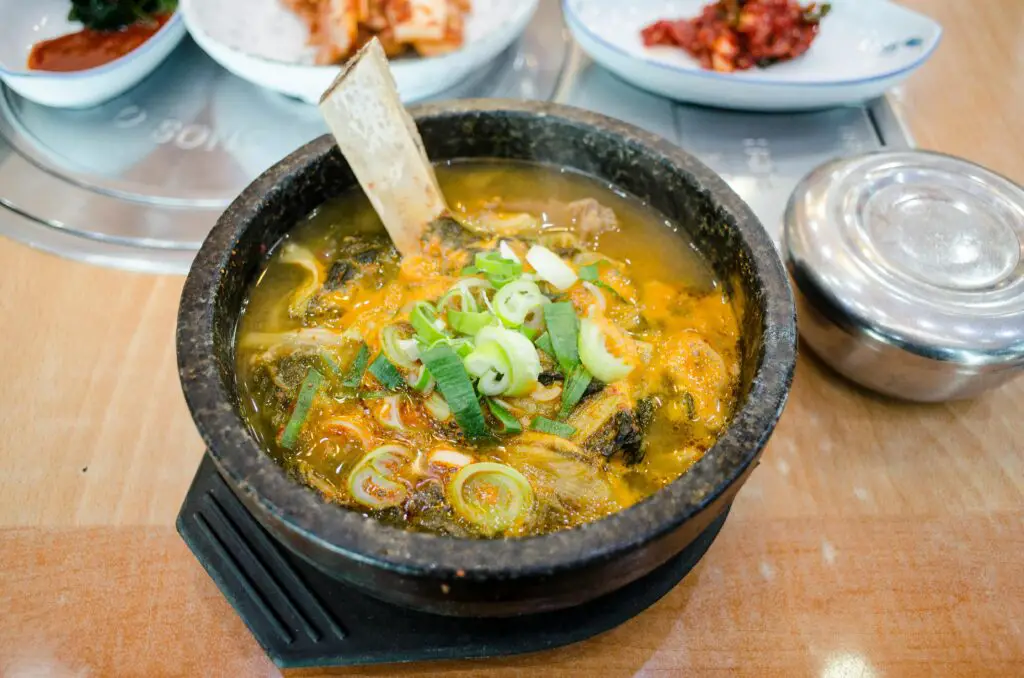
If you’ve ever watched Grandma prepare a pot of homemade broth, you know it’s an art form. She’d simmer bones for hours, filling the house with a warm, comforting aroma. Not only does homemade broth taste better, but it’s also packed with nutrients like collagen, protein, and minerals that are often lost in store-bought versions.
Making broth from bones is also incredibly cost-effective, and it reduces food waste. Instead of tossing leftover chicken or beef bones, Grandma turned them into a savory base for soups, stews, and gravies. It’s a nourishing kitchen habit that’s still worth following today—especially as people return to more sustainable, resourceful cooking.
6. Baking Double Batches
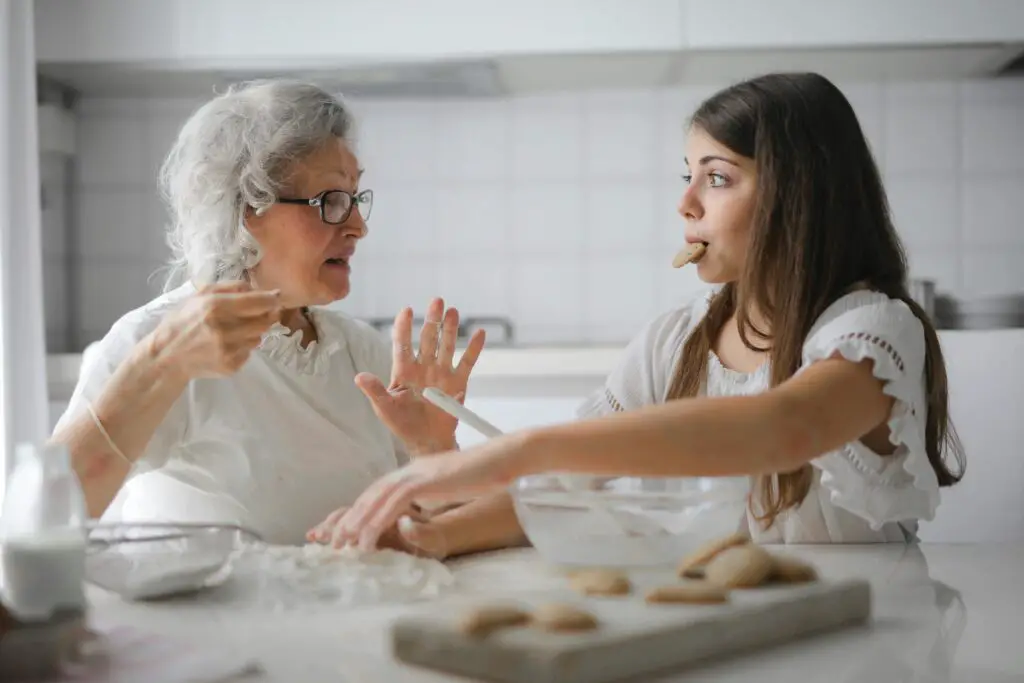
When Grandma baked cookies, she didn’t just make enough for one batch; she’d double it up and freeze half for later. This habit saved her time and ensured there was always something delicious on hand when the craving hit or guests arrived unannounced. By baking in bulk, she took advantage of her time in the kitchen and could enjoy treats throughout the week.
This kitchen habit is especially helpful when you have a busy schedule. By freezing extra portions of meals or desserts, you can always have a homemade option on hand. It’s a simple trick that prevents you from reaching for processed alternatives, and it keeps the love in every bite.
7. Using Leftover Coffee Grounds in the Garden
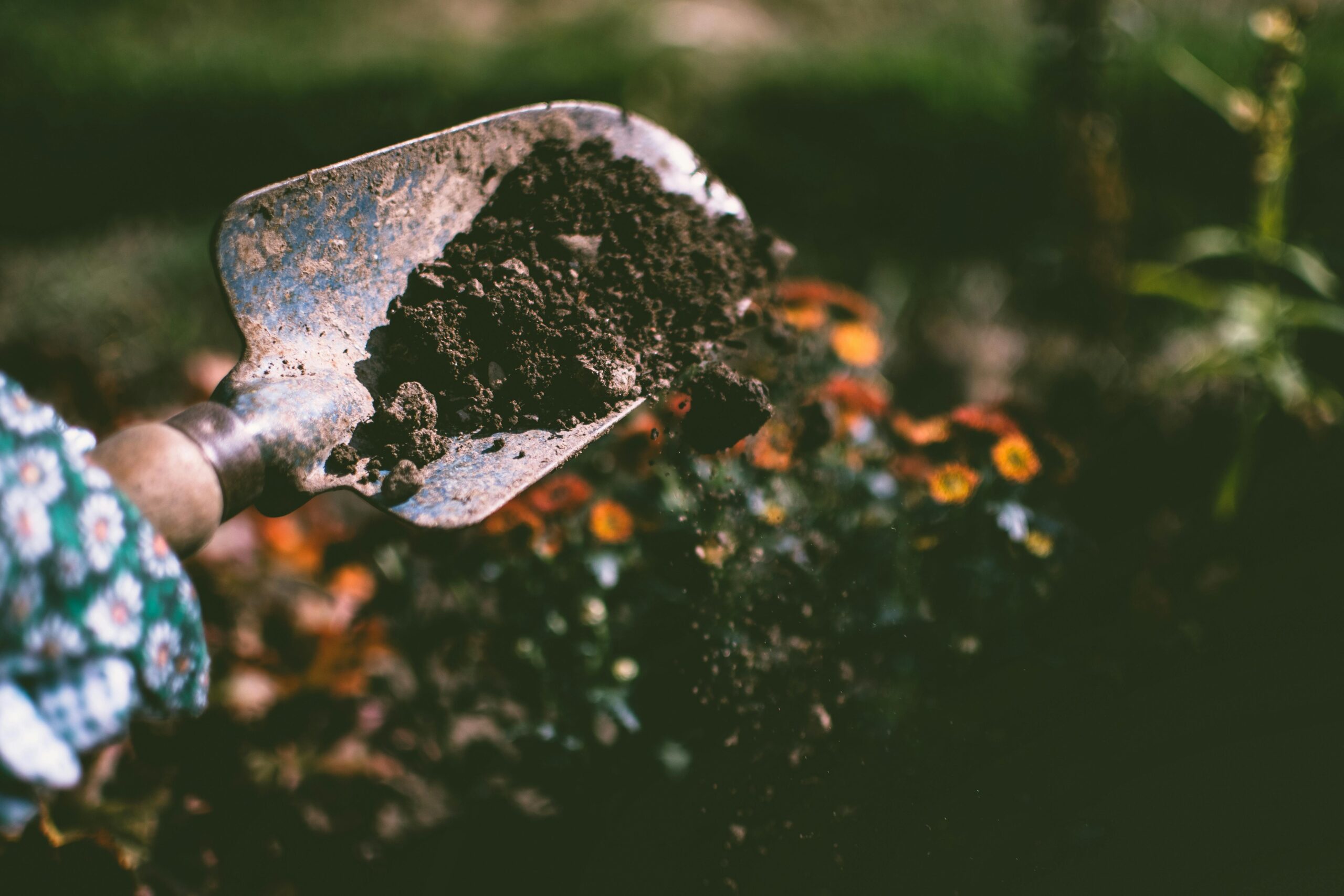
Coffee grounds were never tossed in the trash at Grandma’s house. Instead, they went straight to the garden as a natural fertilizer. Rich in nitrogen, coffee grounds help improve soil quality and encourage plant growth, making them a great addition to your compost pile as well.
They also help repel pests like ants and snails, making them a win-win for the garden. Even if you don’t have a green thumb, using coffee grounds this way is a smart, sustainable choice. It’s just another way Grandma’s clever habits still work in today’s world of eco-conscious living.
8. Freezing Overripe Fruit for Smoothies

Grandma had a way of making sure nothing went to waste, especially when it came to fruit. When her bananas, berries, or peaches started to over-ripen, she’d freeze them to use later in smoothies or baked goods. Freezing overripe fruit extends its shelf life and helps you avoid throwing it away.
Today, this is an even more practical kitchen habit. With the popularity of smoothies and acai bowls, having a stock of frozen fruit at the ready is a game-changer. It’s an easy way to cut down on food waste while having a nutrient-packed snack always on hand.
9. Preserving Herbs in Ice Cube Trays
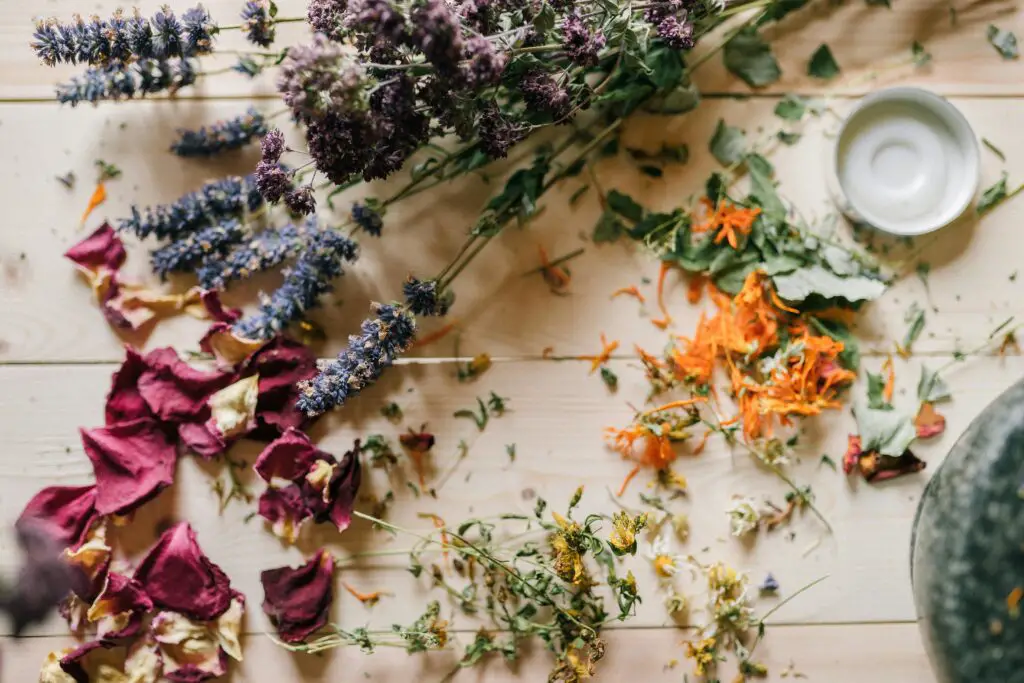
When Grandma had an abundance of fresh herbs in her garden, she didn’t let them go to waste. She’d chop them up and freeze them in ice cube trays, adding a bit of olive oil to each compartment. This method kept the herbs flavorful and ready to use all year round—without worrying about them wilting or going bad.
This simple trick is just as useful today for those who love cooking with fresh herbs. You can do the same with basil, rosemary, thyme, or parsley, giving your future meals an instant flavor boost. It’s a clever way to preserve garden goodies and make them last, even when they’re out of season.
10. Always Having a Pot of Beans on the Stove
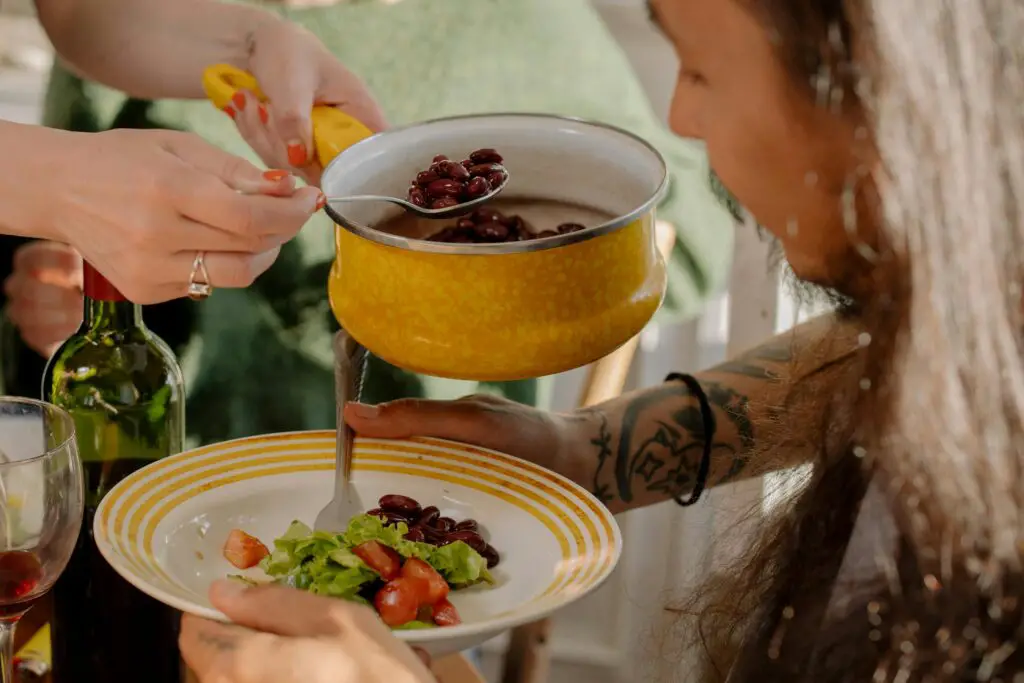
Grandma was known for always having a pot of beans simmering on the stove. Whether it was pinto beans, black beans, or kidney beans, she would cook them up in large batches to have a quick, nutritious meal on hand. Beans were not only affordable, but they were also a great source of protein and fiber, making them a staple in her kitchen.
Having beans ready to go allowed Grandma to make everything from hearty soups to simple bean salads. This kitchen habit is still worth adopting today, especially with the rising cost of groceries. Cooking beans from scratch is a great way to save money, eat healthier, and enjoy a comforting dish at any time.
11. Baking Bread from Scratch
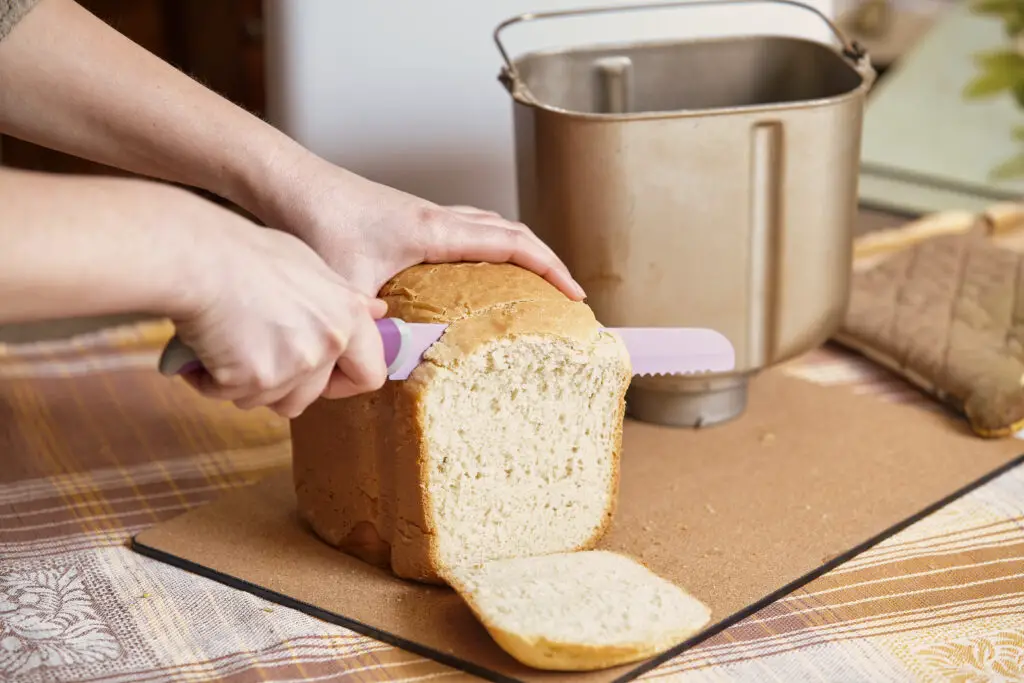
Baking bread from scratch was a weekly ritual at Grandma’s house, and there’s something magical about the process that still holds up today. Homemade bread, with its warm, soft center and crispy crust, can’t be beaten. Grandma would spend hours kneading dough and letting it rise, filling the house with the irresistible scent of freshly baked bread.
This kitchen habit, though time-consuming, offers a level of satisfaction and connection to food that store-bought loaves simply can’t replicate. Baking bread from scratch is also healthier, as you can control the ingredients and avoid preservatives. It’s a timeless skill that brings joy to the kitchen and a comforting sense of accomplishment.
12. Using the Peels for Soup Broth
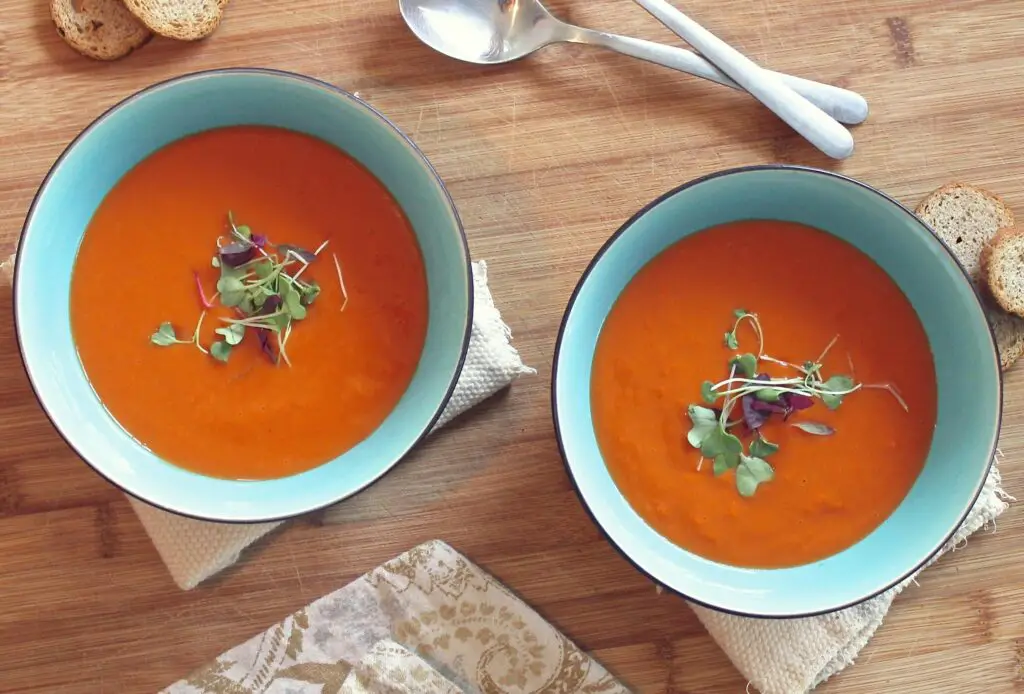
Nothing went to waste at Grandma’s house—especially when it came to vegetable peels. Instead of tossing them out, she would collect carrot, potato, and onion peels, along with celery scraps, and toss them into a pot for a flavorful homemade broth. This habit not only stretched ingredients but also extracted every last bit of nutrition.
In today’s world of sustainability, this practice has come back into favor. It’s a great way to make use of parts of produce that would otherwise be discarded. Plus, it’s an easy way to create a flavorful base for soups, stews, and sauces without spending extra money.
13. Making Your Own Pasta Sauce
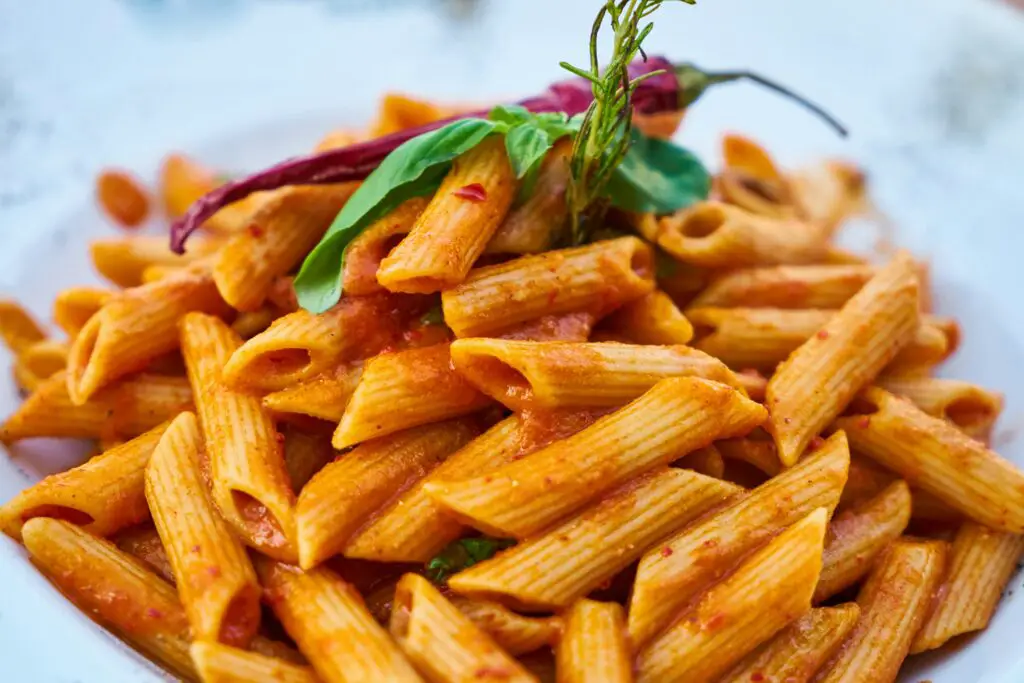
Grandma never relied on store-bought pasta sauce—she always made her own. Using fresh tomatoes, garlic, and basil, she would simmer a simple sauce that could be customized with a touch of oregano or a sprinkle of Parmesan. The result was a rich, homemade sauce that complemented pasta perfectly.
Making pasta sauce from scratch may take a little more time, but the difference in taste is undeniable. Plus, you have control over the ingredients, ensuring that it’s fresh, healthy, and free from preservatives. It’s a kitchen habit that’s both rewarding and delicious.
14. Keeping a Well-Stocked Pantry
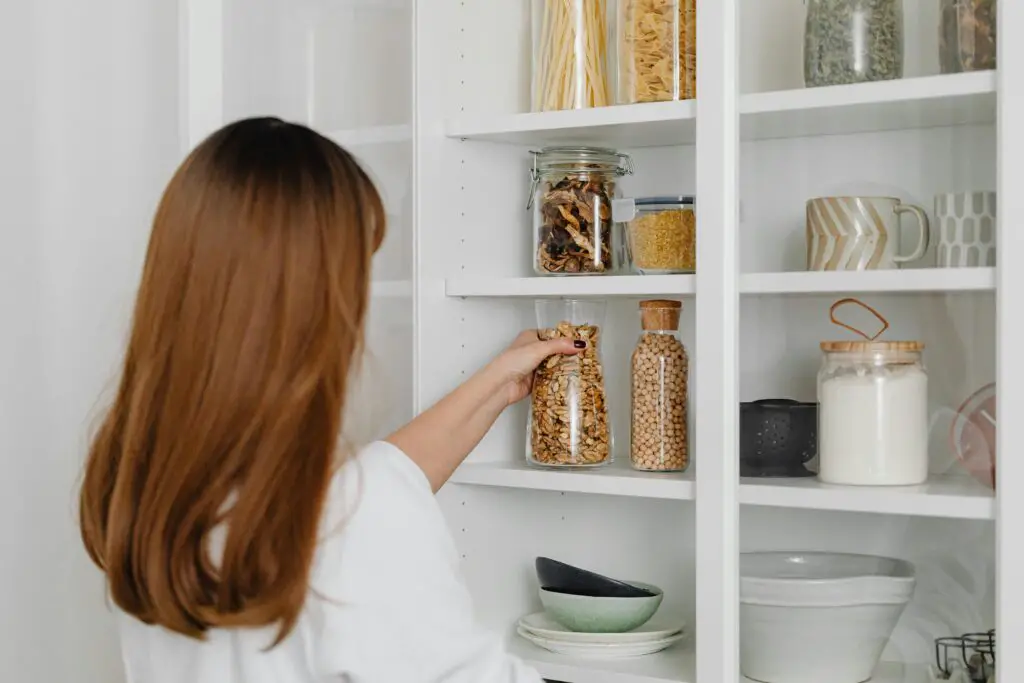
Grandma’s pantry was always stocked with essentials like flour, sugar, rice, beans, and canned tomatoes. She knew the value of having a well-organized space where she could quickly grab what she needed to create a meal at any time. This pantry wasn’t just for show—it was an essential part of her cooking routine.
Having a stocked pantry today is just as important. It allows you to whip up meals without a last-minute trip to the store. Plus, with inflation and supply chain issues, having a solid stock of non-perishable goods is a smart way to ensure you’re always prepared for whatever comes your way.
15. Using a Damp Cloth to Clean the Refrigerator
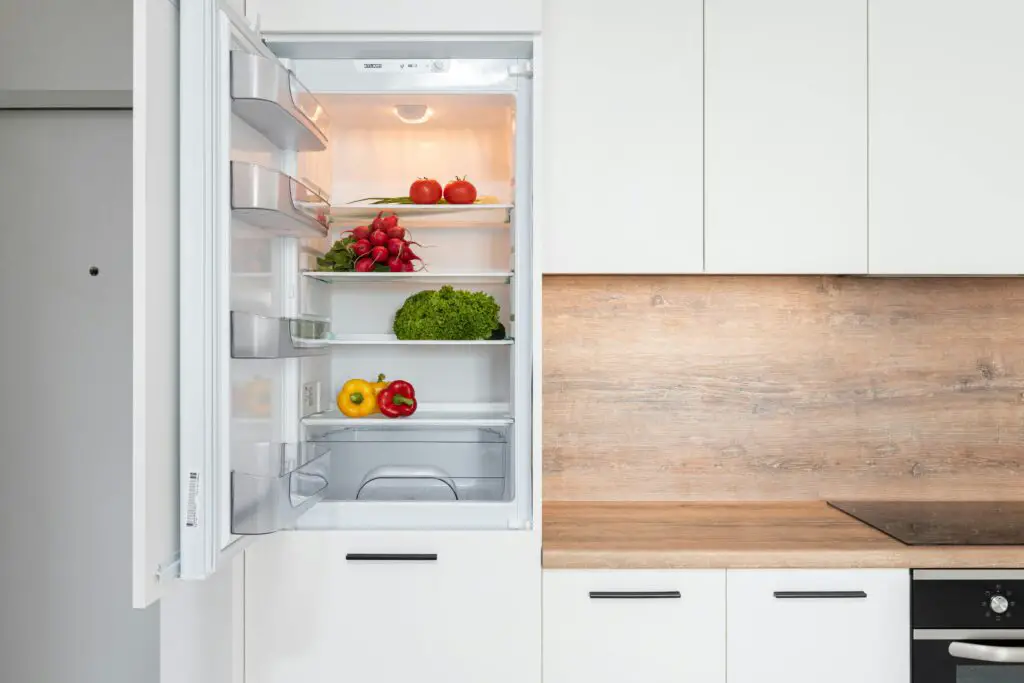
Grandma didn’t rely on harsh chemicals to clean her refrigerator. Instead, she kept a damp cloth nearby to wipe down spills and keep things fresh. This simple habit prevented crumbs and sticky spots from building up, helping her fridge stay clean without the need for intense scrubbing or toxic cleaners.
Today, many people are returning to more natural ways of cleaning, and this practice fits right in. Using a damp cloth to wipe down surfaces is an easy and effective way to maintain a clean fridge without any fuss. It’s a small habit, but it makes a big difference in keeping things fresh and ready for the next meal.
